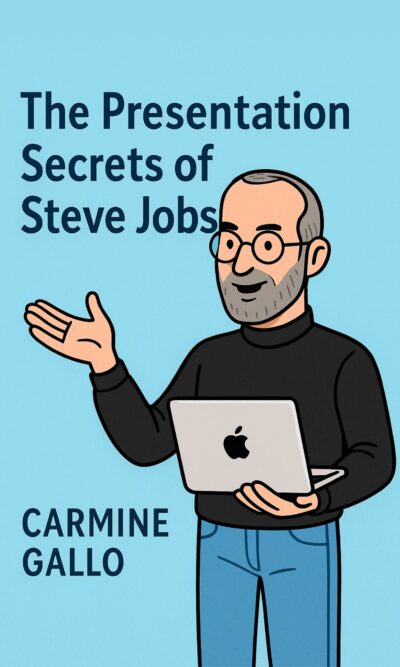Description
Most people believe success belongs only to geniuses, the wealthy, or those with extraordinary luck. But the truth is, extraordinary breakthroughs come not from privilege but from mindset. With the right way of thinking, anyone can open the door to fresh ideas, new solutions, and remarkable achievements. To reach this potential, we must learn to think like rocket scientists.
Rocket scientists view uncertainty not as a danger, but as an invitation to explore. Where most people turn away from the unknown, they lean into it. They treat every dark corner as a chance to find something new, not as a place to fear. A practical way to reframe uncertainty is by asking, “What’s the worst that could happen?” Often, we realize that even in the worst outcome, we’ll still have our health, relationships, or basic security intact. Recognizing this frees us from fear and helps us take bold steps into uncharted territory.
A powerful example of this mindset comes from Elon Musk. When he dreamed of sending rockets to space, he discovered that buying one outright was impossibly expensive. Instead of giving up, he asked a fundamental question: what is a rocket made of? The raw materials, he found, were only a fraction of the total cost. By rethinking the problem and building from the ground up, he started his own space company and turned a pipe dream into reality. This method is called “first principles thinking.” Instead of copying what’s been done, you strip away assumptions and look at the absolute basics. From there, you can create something entirely original.
Imagination also plays a critical role. Albert Einstein often used thought experiments—imagining what would happen if he could chase a beam of light—to inspire his theories. Nikola Tesla would run experiments in his mind before sketching inventions. These breakthroughs didn’t happen in busy moments, but in the stillness of curiosity. In our modern world, we often lose that creative spark because we’re too busy answering emails, chasing deadlines, or filling every moment with tasks. True creativity requires boredom, space, and time to wander. That’s why some of the best ideas strike us during long walks, train rides, or idle moments when the mind is free to play.
Another barrier to success is fear of failure. From childhood, we are taught stories like Icarus, who flew too close to the sun and fell. These stories are warnings against risk. But as adults, avoiding risk keeps us stuck in mediocrity. The biggest obstacle is not money or opportunity—it’s the story we tell ourselves about what we’re capable of. To move forward, we must change that inner story. Divergent thinking helps here: instead of asking what’s realistic, brainstorm without limits. Even the wildest ideas may spark a path to something revolutionary.
Asking the right questions is also essential. Too often, we fixate on fixing old systems rather than stepping back to see the bigger picture. When NASA faced challenges landing rovers on Mars, one engineer kept trying to fix the failing landing legs. Another reframed the question entirely: “How do we land safely on Mars, period?” This new perspective led to the invention of giant airbags that let the rover bounce safely onto the surface. By changing the question, the solution changed too.
But even the best ideas can fail if we don’t test them properly. Astronauts train through endless simulations, often pushed to the point of failure so they’ll be prepared in real life. Comedians like Jerry Seinfeld also test material in small clubs before performing on bigger stages. The purpose of testing isn’t to prove everything works—it’s to find weaknesses before they matter. By testing under pressure, you build resilience and confidence for the real challenge.
Failures, however, are not the enemy. They’re teachers. James Dyson built more than 5,000 failed prototypes before perfecting his famous vacuum cleaner. Each mistake moved him closer to success. Yet we must also beware of blind spots created by success itself. The Challenger disaster is a tragic example. Engineers had seen O-rings fail in earlier missions, but because the rockets still worked, they dismissed the problem. Success blinded them to the danger, and the cost was catastrophic. The lesson is clear: never stop questioning, even when things seem to be going well.
Blind spots affect all of us. We tend to seek information that confirms our beliefs and ignore what doesn’t. To avoid this, treat your opinions as hypotheses, not truths. Ask yourself, “What aren’t we seeing?” and actively look for flaws in your reasoning. By challenging your own ideas, you move closer to the truth and avoid costly mistakes.
Thinking like a rocket scientist ultimately comes down to mindset. It means embracing uncertainty, questioning assumptions, making time for imagination, asking better questions, testing rigorously, and treating failures as stepping-stones. It also means never letting success blind you to risks. By adopting this way of thinking, anyone—not just scientists—can unlock creativity, solve big problems, and take bold steps toward dreams once thought impossible.
And the simplest step you can take today? Take your question for a walk. Great thinkers from Darwin to Tesla often found breakthroughs while moving. Walking clears the mind, relaxes the body, and sparks creativity. So when you feel stuck, step outside, breathe deeply, and let your thoughts roam. You may find that the next big idea is waiting just around the corner.





